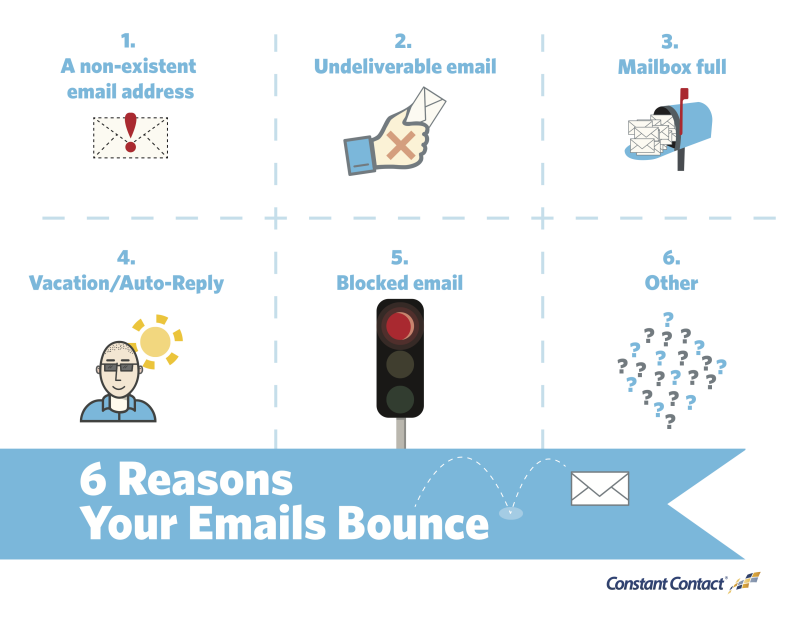Do you know that there are billions of emails that bounce often? This means that there are billions of emails that are not received by people anymore. How many emails do you think you DID NOT receive today? This will depend on the people who are sending you some emails.
Bounces are common in the world of email marketing but you should not be content with having your emails bounce whenever you send them to different recipients. There are some bounces that occur because of the mistakes that other marketers have made. There are also some bounces that may be due to what internet service providers and networks have done.
Types of Bounces
You need to be familiar with the type of bounces so that you will know what to do.
- Soft Bounce – This is a type of email wherein the email is delayed but is still received by the recipient hours later. Take note that the email server will always try to send emails as many times as they can until the session expires.
- Hard Bounce – This is a type of email wherein the email is just not deliverable. It is best to not send emails to that recipient anymore as it may cause some problems in the long run.
You may want to know more about bounces in general when you check this link. The details that you will learn will not be limited to bounces alone. You will also learn more details about the other factors that will be important in email marketing.
These are some of the reasons why emails may bounce:
- The email address that you are trying to send your message to is invalid. Some people create typographical mistakes when they are subscribing. Since there is no valid email address, the message will not be delivered.
- The IP address that you are using has already been blocked by the user. You will not be able to send your message this way. Remember that you might get blocked when the user thinks that you are a fraud.
- The receiving server is not available at this time. The message will be sent the moment that the server becomes available again.
You should know the right details about the reasons why your emails bounce. The more that you know, the more that you can avoid potential issues from occurring.




